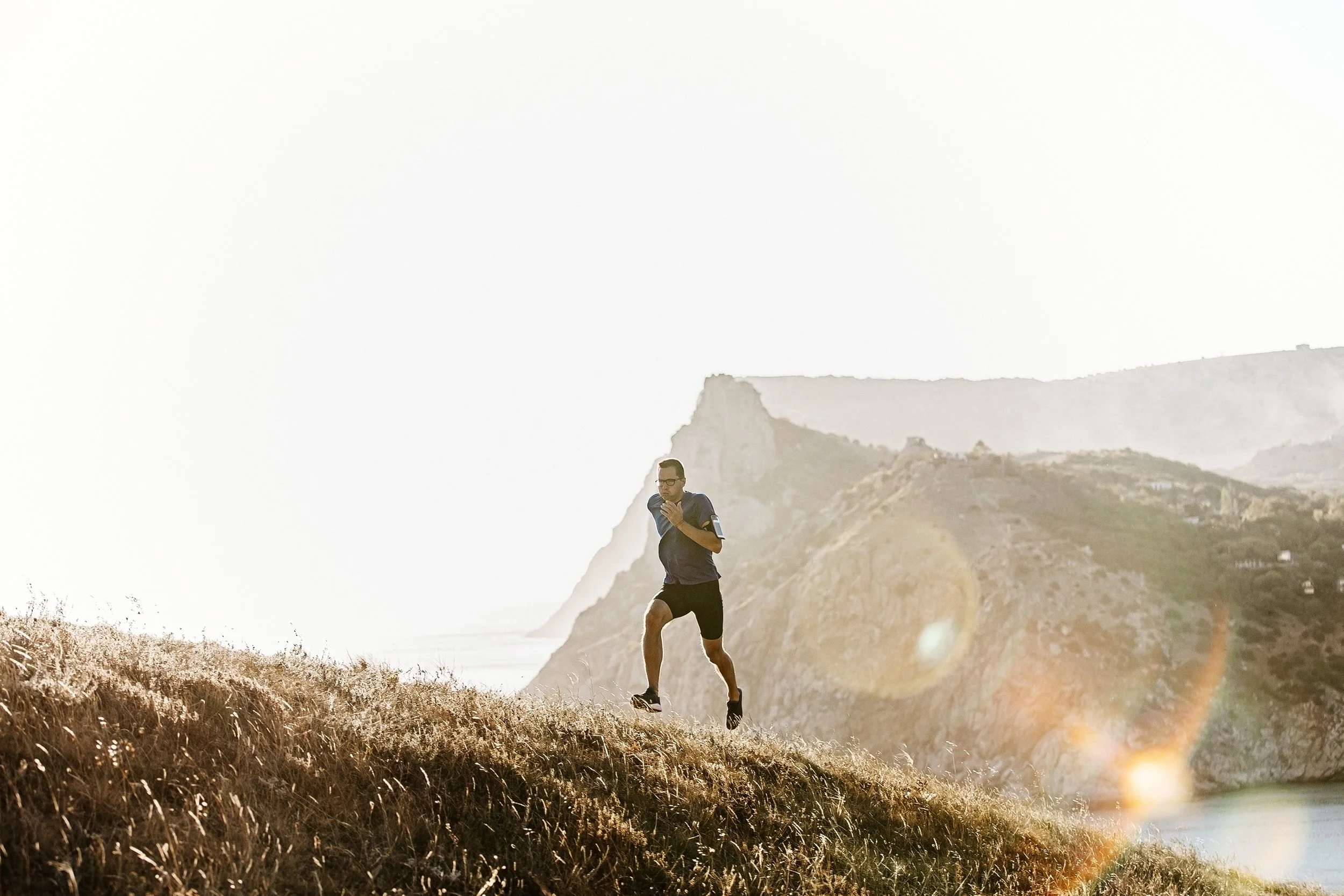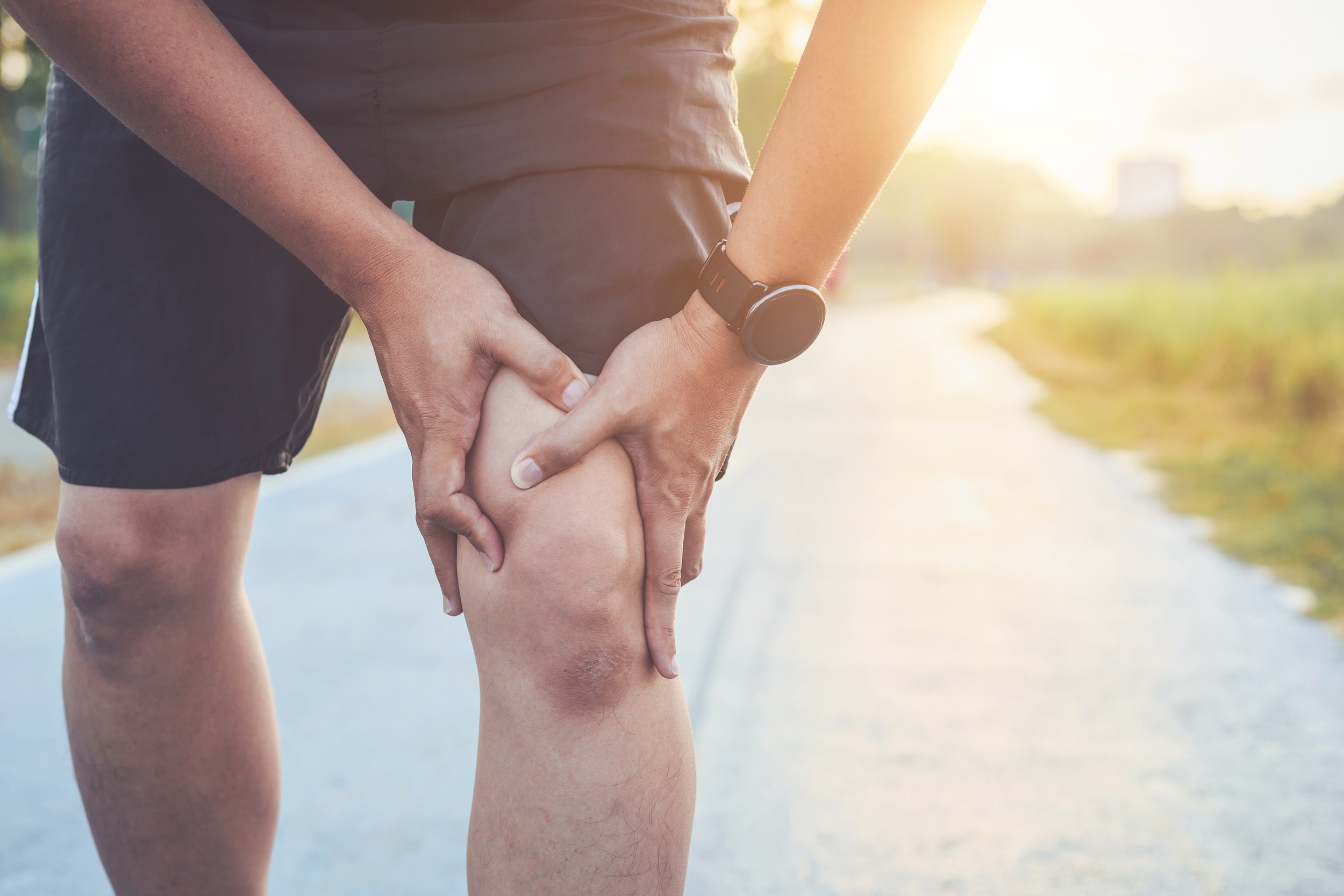Whether someone is coming in for Physical Therapy for low back pain, hip pain, knee pain or ankle/foot pain I am always checking higher up the chain at the strength of their hips. My patients always ask me why we are strengthening their hips when they are coming in for their knee or ankle. When I mention that strengthening your glutes can help support what your leg does in weight bearing, people usually say “Oh, I have great glute strength”. However, a lot of people do not know that there are three main Glute muscles: gluteus maximus, gluteus medius and gluteus minimus. So, I wanted to write a brief article to give people more awareness of the importance of the gluteus medius and its effect on lower extremity injuries.
First, what is the gluteus medius? It is a muscle on the side of your hip. It resides underneath your gluteus maximus muscle (big buttocks muscle), and works with another small muscle, the gluteus minimus, to help support your hip. The gluteus medius muscle starts, or "originates," on the outer surface of the ilium (pelvic bone) and inserts on the greater trochanter of the femur and iliotibial tract.
The function of the gluteus medius muscle is to work with other muscles on the side of your hip to help pull your thigh out to the side in a motion called hip abduction. The gluteus medius also serves to rotate your thigh. The gluteus medius is an important hip stabilizer that helps to control the position of your pelvis, hips, knees, and ankles. If you have ever walked behind someone and saw a lot of hip sway or drop or their knees collapsing in, that can be due to weakness in their gluteus medius muscles. This is called: The Trendelenburg sign. It is when the muscle is unable to work efficiently due to pain, poor mechanics or weakness. What you will see is the pelvis will drop on the opposite side to the weakness. Trunk compensation is often observed with a Trendelenburg gait.
The gluteus medius muscle is important in walking, running, jumping, sports and day to day activities. For example, when walking or running and lifting your left leg up and forward to propel forward, the gluteus medius is working eccentrically to keep your body/pelvis level. When you have weakness in your gluteus medius, this may cause your thigh to angle inwards and rotate abnormally during walking, running, and jumping. This may cause excessive stress through your knee and ankle and may place you at increased risk of injury if the weakness persists.
The reason to work on strengthening your hip muscles for lower extremity injuries is very important. The gluteus medius may indirectly contribute too many other lower extremity problems. Weakness in this muscle group has been implicated in conditions such as: hip and knee pain, Patellofemoral stress syndrome, IT band syndrome as well as ankle and foot pain due to the internal rotation of the tibia and pronation of the midfoot.









